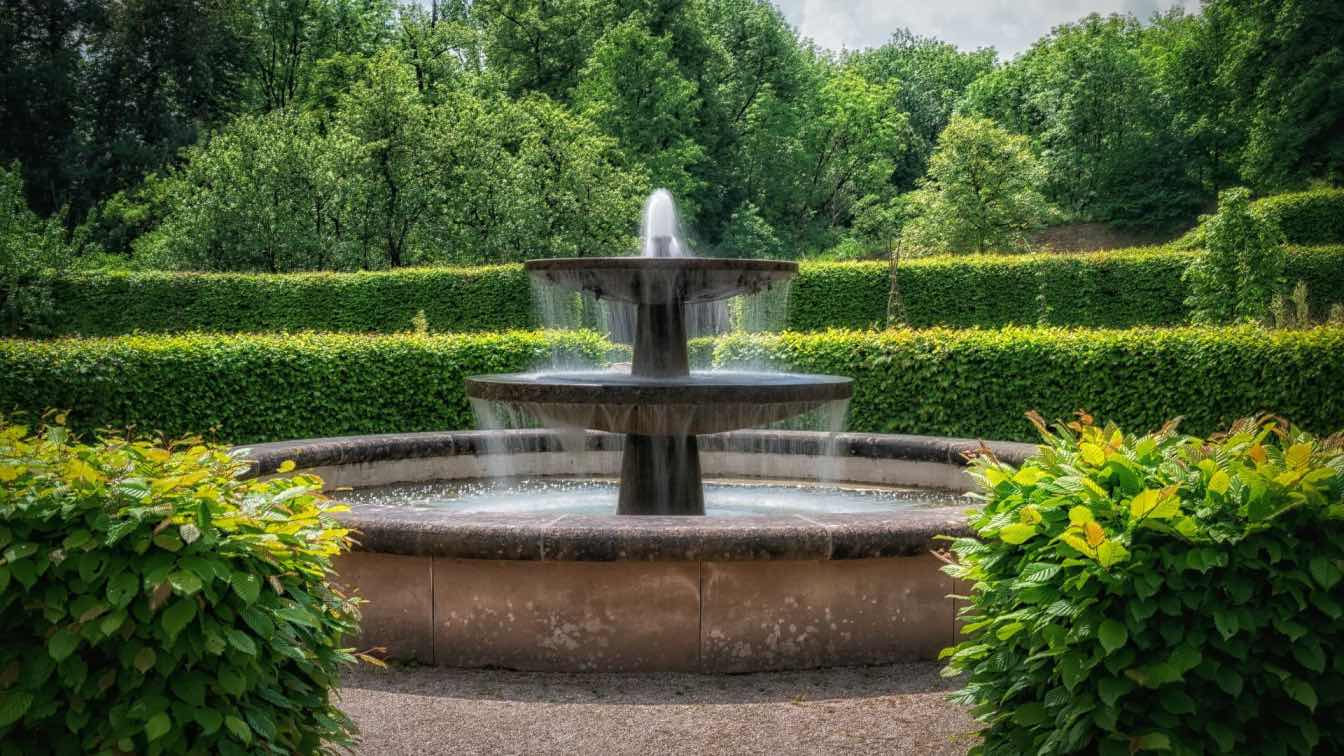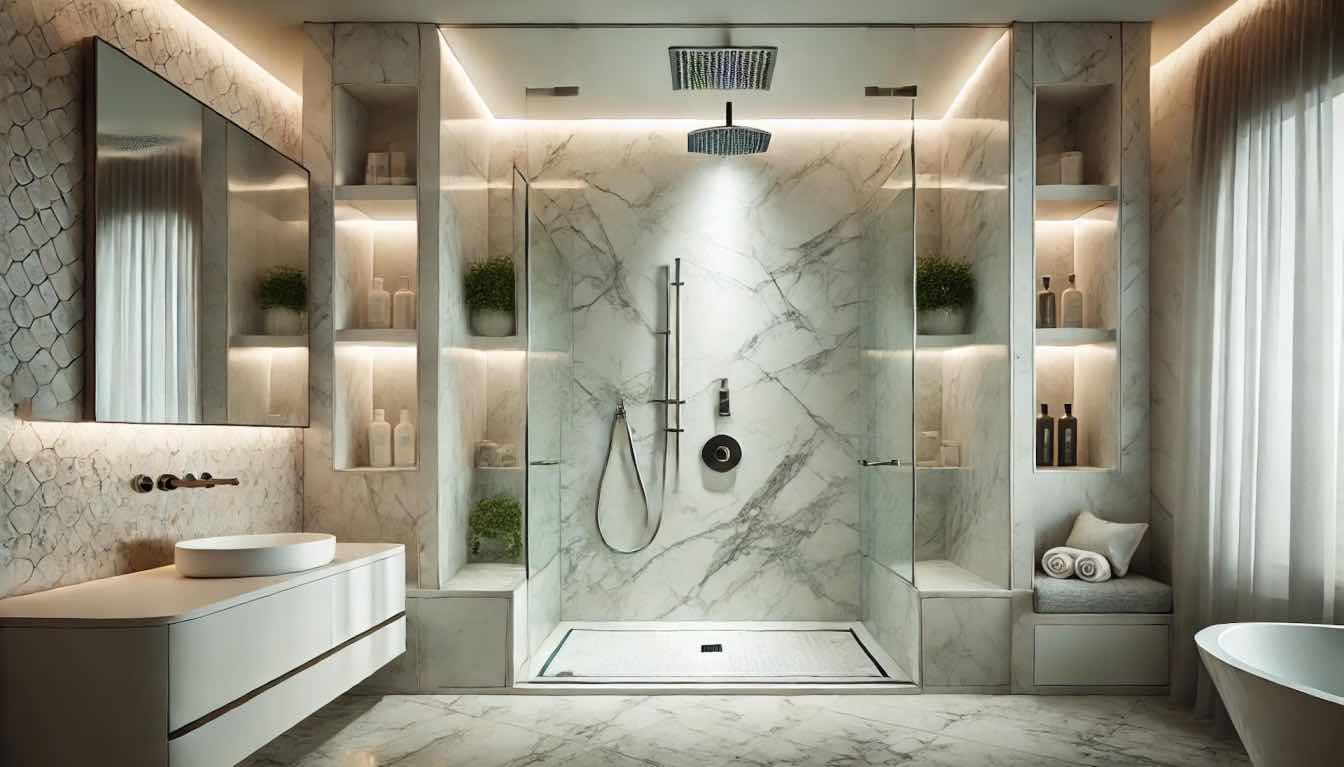Water fountains can transform any garden into a serene oasis, offering both aesthetic appeal and the soothing sound of flowing water. Installing a water fountain can be a simple weekend project if you follow the right steps and use the appropriate materials. Whether you prefer a solar-powered option or a more conventional electric pump, the process generally involves setting a solid base, installing the pump, and arranging the decorative elements.
Ensuring that your fountain's basin is level is an essential step to avoid uneven water flow. Also, for those interested in sustainable energy, choosing a solar-powered submersible pump can be a great way to harness natural sunlight. By staking the solar panel in a location with ample sun exposure, the fountain can operate efficiently throughout the day.
Materials like concrete, stone, or heavy-duty plastic are recommended for the basin and surrounding structure to ensure durability. Avoid using materials that disintegrate over time, as they can damage the pump. Whether you opt for an above-ground flowerbed fountain, a floating fountain for special occasions, or a wall-mounted variant, each type brings its own unique charm and functionality to your outdoor space.
Water Fountain Installation Basics
Properly installing a water fountain requires a clear understanding of the installation space, selecting an appropriate fountain, and gathering all necessary tools and materials. This ensures a smooth installation process and long-lasting functionality.
Assessing Installation Space
Carefully examine the desired location for the water fountain. Ensure the ground is level and stable to support the fountain's weight. Take note of nearby electrical sources if the fountain requires power, ensuring that the area is dry and safe to prevent electrical hazards.
In outdoor spaces, consider sun exposure as it might impact the fountain’s overall performance. Verify that there is ample space around the fountain for easy access during maintenance and to avoid overcrowding the area.
Gathering Necessary Tools and Materials
Assembling the required tools and materials before starting the installation can significantly simplify the process. Basic tools might include a level, shovel, screwdriver, tape measure, and appropriate mounting hardware.
For more advanced installations, especially those involving electrical components, additional tools such as wire strippers, connectors, and waterproof sealants may be necessary. Ensure the water pump, tubing, and any decorative elements are included in your kit or purchased separately as needed.
Organize all items in a handy location before beginning to ensure a seamless installation. Consider creating a checklist to track each component, verifying that nothing has been overlooked, which could delay the project.
Step-by-Step Installation Guide
To successfully install a water fountain, proper planning and execution are necessary. This guide provides detailed steps to help ensure a smooth installation process, covering foundation preparation, component assembly, water supply connection, and testing.
Preparing the Foundation
Start by choosing a suitable location for the water fountain. Level the ground to ensure stability. Clear the area of debris, rocks, and vegetation. If necessary, dig a shallow hole to accommodate the fountain base or basin. It's important to lay a gravel base if the ground is soft or muddy. This will provide a stable and level surface.
For large fountains, consider using concrete pads or pavers for additional support. Using a spirit level can help achieve a perfectly level foundation, which is crucial to avoid tilting or uneven water flow. Always check the manufacturer’s instructions for specific base requirements.
Assembling the Fountain Components
Unpack the fountain components carefully. Match each part with the assembly instructions provided by the manufacturer. Begin by assembling the pump system. Connect any tubing or pipes to the pump as directed. Secure the pump in place, usually at the base of the fountain.
The experts at www.scalplumbing.com tell us that the next step is to assemble the decorative elements, such as tiers, bowls, or statues. Ensure each piece is firmly attached and stable. Use waterproof sealant if required to prevent leaks. Following the manufacturer's guide precisely can prevent errors during this stage. Remember to test-fit pieces before permanently attaching them to ensure a correct fit.
Connecting the Water Supply
Before connecting the water supply, ensure the pump is in the correct position and secure. Attach the water supply hose, making sure it is tightly connected to prevent leaks. If the fountain uses a recirculating system, fill the basin with water before activating the pump.
For fountains connected to a mains water supply, use a pressure regulator to control the water flow rate. Secure all connections with clamps or fittings as per the instructions. Once connected, gradually fill the fountain with water while checking for leaks or weak spots. Adjust the fittings as necessary.
Finalizing and Testing
Turn on the pump and let the fountain run. Observe the water flow to ensure it circulates properly and evenly. Check for unusual noises, which might indicate the pump is not correctly positioned or secured. Adjust the water flow settings on the pump to achieve the desired effect.
Monitor the fountain for leaks, particularly around joints and connections. If any leaks are detected, turn off the pump and reseal the affected areas. Let the fountain run continuously for several hours to ensure stability and reliability. Regular maintenance checks can help preserve the fountain's functionality and appearance.





